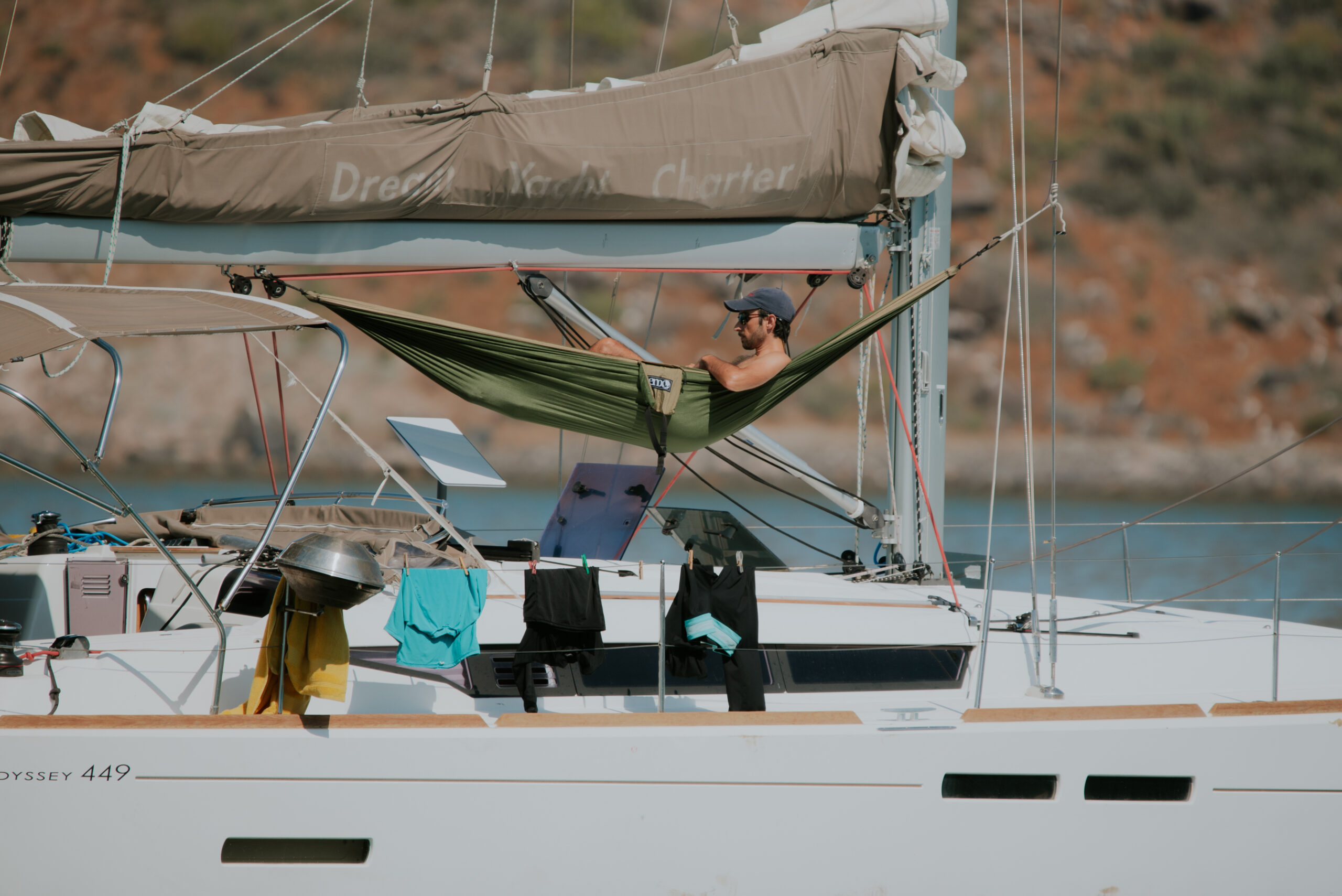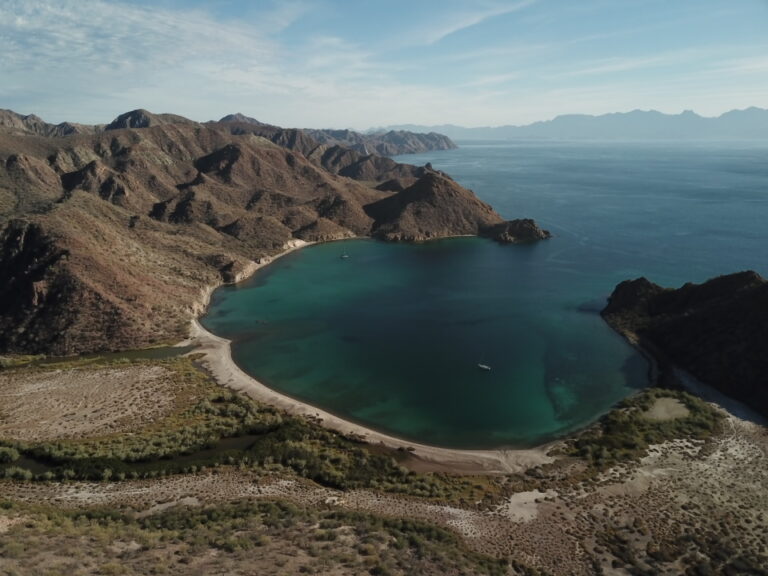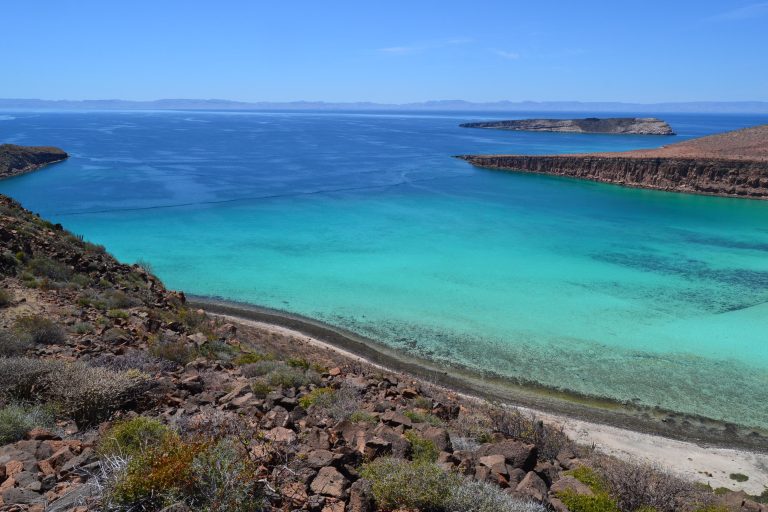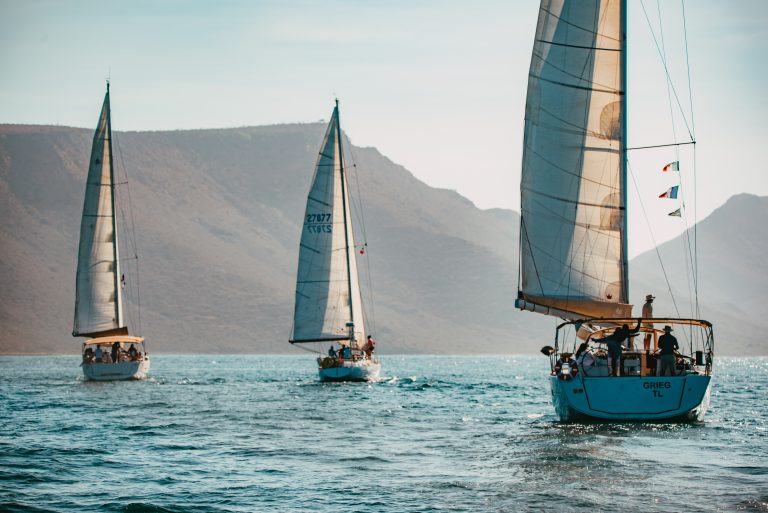What to Pack for a Sailing Trip in the Sea of Cortez — Complete Checklist
Introduction
Packing well makes a Sea of Cortez sailing trip more comfortable and lets you enjoy snorkeling, beach hikes, sailing lessons and wildlife watching without stress. The Gulf of California is sunny and warm much of the year, but wind, seasonal water temperature shifts, and cool nights (especially in shoulder seasons) mean you need layers and smart gear. This guide covers clothing, footwear, sun protection, personal items, safety and medical kit, electronics and chargers, snorkeling and trekking gear, toiletries, and season-specific recommendations so you arrive ready for cruise days, night watches and shore exploration.
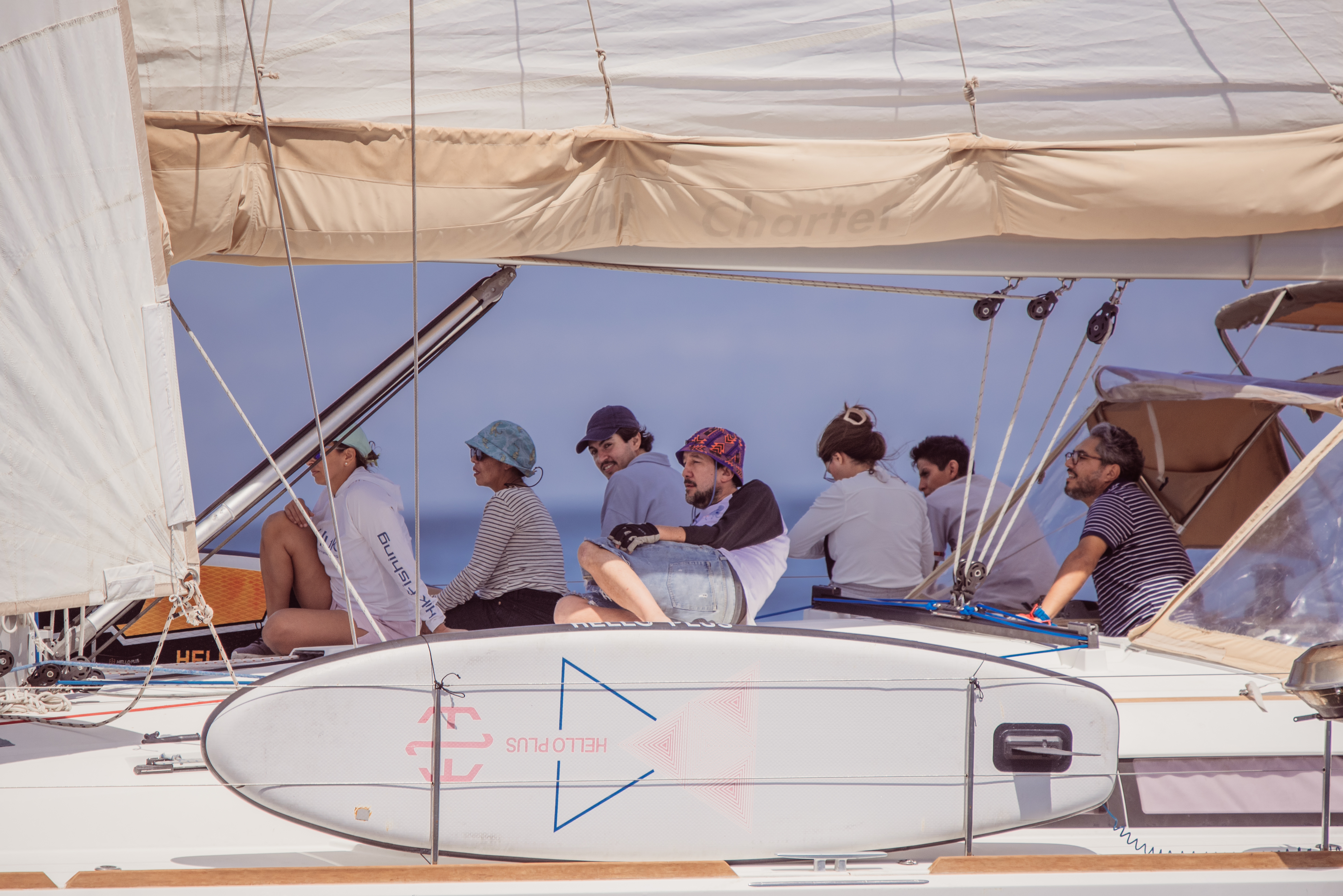
1. Quick packing principles
- Layer for changing conditions: light breathable layers for daytime heat and warmer mid-layers for cool, windy evenings.
- Prioritize sun protection: hats, long-sleeve UV shirts and reef-safe sunscreen are crucial.
- Choose practical footwear: non-marking deck shoes and lightweight water shoes for shore landings.
- Minimize weight and hard luggage: soft bags stow easily below and reduce trip stress.
- Plan for activities: include snorkel and trekking items if you’ll be ashore frequently.
2. Clothing
Daytime
- Lightweight, quick-dry shirts (long-sleeve UV shirts recommended) to protect from sun and wind.
- Shorts or lightweight trousers; zip-off pants are useful for transitions.
- Swimsuits and rashguards for snorkeling and sun protection.
- Sun hat with chin strap (broad brim or cap with neck flap).
- Sunglasses with retainer and good UV protection.
Evenings / nights
- Lightweight fleece or merino mid-layer — nights can be cool, especially Nov–Mar.
- Windbreaker or waterproof shell for breeze and spray.
- Long pants and a warmer layer for dinners ashore or night watches.
- Socks and a lightweight beanie if you feel cold.
3. Seasonal considerations
Winter (Nov–Mar)
Day temps are mild to warm; nights can be cool (10–18°C / 50–65°F). Bring warmer mid-layers, hat and lightweight gloves for watches. Water can be cool — shorty or full 3mm wetsuit advisable in early winter and late spring.
Spring (Apr–May)
Warming air and water; pleasant days but mornings and nights can still be cool. Light layers and a 2–3mm shorty recommended for early season snorkels.
Summer (Jun–Sep)
Hot, sunny and humid in some areas. Strong sun protection, lightweight clothing and a good hat are essential. Water is warm and a full wetsuit is usually unnecessary; rashguards suffice for protection. Afternoon winds (sea breezes) increase comfort but bring cooling — have a wind layer handy.
Autumn (Oct)
One of the best times to go: warm water, settled weather and steady winds. Shorty wetsuit useful in early October; lighter kit later in the month.
4. Wind and temperature notes
Wind changes perceived temperature dramatically — a 15–20 knot breeze can make a warm day feel cool on deck. Bring windproof layers even in summer. Morning land breezes and afternoon sea breezes are common; plan clothing with quick on/off layers. For night watches or exposed passages, heavier shells and thermal layers can mean the difference between discomfort and an enjoyable sail.
5. Packing for children and babies
- Properly sized PFDs and sun hats with chin straps.
- Extra layers for quick changes and naps.
- Favorite snacks, comfort items and simple toys for quiet moments.
- Child-safe sunblock and child-specific meds.
- Baby carrier suitable for beach walks and secure sleeping arrangements (discuss with crew in advance).
6. Luggage, organization and galley notes
- Soft duffel bags or soft-sided luggage pack flat and stow well. Hard suitcases are difficult to store.
- Use packing cubes and small dry bags for valuables and electronics.
- Label items and bring a small hanging toiletry bag.
- Leave extra space for local purchases (fresh produce, souvenirs).
7. Footwear
- Non-marking deck shoes with good grip for wet decks.
- Lightweight water shoes or sandals for beach landings and rocky shores.
- Comfortable walking shoes for trekking ashore (trail runners or low hikers).
- Flip-flops for brief moves around the marina or the boat at anchor.
8. Sun protection
- Broad-spectrum reef-safe sunscreen (SPF 30–50+) and lip balm with SPF.
- UV-protective clothing (rashguards, long-sleeve shirts).
- Wide-brim hat with chin strap and polarized sunglasses.
- Lightweight sun shelter or sarong for extra shade on deck during long anchor days.
9. Snorkeling & water gear
- Mask, snorkel, fins (well-fitting equipment is more comfortable than rentals).
- Wetsuit or shorty: water temperature varies — 2–5mm shorty is useful Oct–May when water cools; lightweight 1–2mm or just rashguard is fine in summer months.
- Snorkel vest or flotation aid for less confident swimmers.
- Waterproof bag or dry sack for keeping valuables dry onshore.
- Reef-safe insect repellent for evening shore walks in some seasons.
10. Trekking & shore exploration
- Lightweight daypack for hikes.
- Lightweight hiking shoes or trail runners with good grip.
- Reusable water bottle and hydration pack if you plan longer hikes.
- Headlamp or small torch for early morning/late evening walks.
- Small first-aid kit, blister plasters and any personal meds.
11. Electronics & practical items
- Phone, camera and chargers; power bank for onshore days.
- Waterproof phone case or dry pouch.
- Universal travel adapter if needed.
- Headlamp or small flashlight for night watches and moving around at night.
- Travel-size binoculars for wildlife spotting.
- Small repair kit: multicompact tool, seam repair tape, spare batteries.
12. Safety & medical kit
- Personal medications with copies of prescriptions.
- Seasickness remedies: natural options (ginger, acupressure bands) and over-the-counter meds. Discuss prescription antiemetics with your doctor if needed.
- Basic first aid: adhesive plasters, sterile dressings, antiseptic wipes, pain relief, antihistamine, tweezers, and blister kit.
- Water purification tablets or small filter if you expect remote anchorages (crew will normally manage potable water).
- Sunburn care products and aloe vera gel.
- Compact CPR mask and basic emergency supplies; vessel will carry standard safety gear such as lifejackets and EPIRB.
Conclusion
Pack smart to make the most of the Sea of Cortez — layers, sun protection, and activity-specific gear will keep you comfortable whether you’re learning to sail, snorkeling or exploring beaches. If you’d like a provisioning checklist tailored to your trip length and season, or prefer we provision the boat for you, contact Sail in Mexico and we’ll prepare a customized list or shopping service so you can focus on the water.

